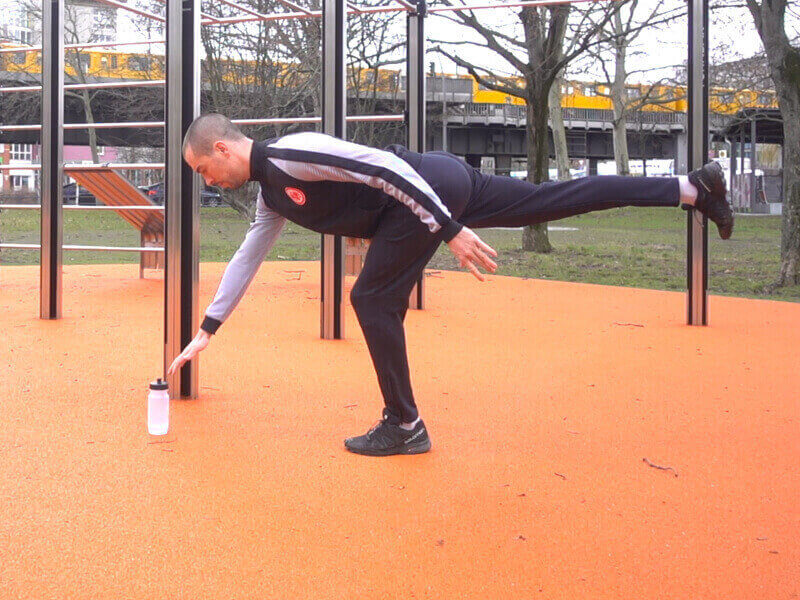This website uses cookies so that we can provide you with the best user experience possible. Cookie information is stored in your browser and performs functions such as recognising you when you return to our website and helping our team to understand which sections of the website you find most interesting and useful.

Why developing single-leg strength in your fitness training is so important?




A simple question: How many sports are played with both feet in contact with the ground at the same time, for a long time?
Almost none.
Indeed, almost all individual and team sports include phases of moving, changing directions, and running on one leg (unilateral), at very high speed, and often including external contacts that challenge the athlete’s stability during the execution of the movement.
Analysis of sports skills and performance
Most of the skills necessary for sports performance are performed on one leg (e.g. kicking in football and kickboxing, high-speed lateral movements in basketball, etc…).
If one examines the operating processes of lower body movements in most ground sports, it is easy to see that most of the time, force production is generated by a single leg. Running and quick changes of direction are sport skills that require the production of force and stability by a single leg.
Even in situations where both feet are on the ground, the weight distribution will often be unilaterally skewed and will not perfectly align the joints of the leg on the ground, which will still need to find points of support and stability for force production in order to perform the correct movement.
For this simple reason, it is essential that single-leg strength and stability be a central focus of serious strength and personal fitness training programs, aimed at performance and preservation of the athlete’s health.
Specific and unilateral fitness training
Although it has been ignored in traditional strength training programs influenced by the quest for muscle mass gain, unilateral strength is essential for improving sports performance and preventing injury.
The different body angles that result from the manipulation of momentum require an athlete to be able to produce a force on a single leg, concentrically, isometrically, and especially eccentrically.
When performing athletic movements, the leg on the ground must control the forces (i.e. concentrically, isometrically, and eccentrically) while the joint angles of the leg are continuously changing in all three planes of motion.
Therefore, when training specifically for the athlete’s sport, it will be essential to analyze the movements of the sport and program unilateral muscle strengthening exercises that train these movement sequences during your personal fitness training workouts.
Injury prevention and fitness training
Single leg training also makes sense from the perspective of career longevity and athlete health, regardless of level. The deleterious effects of years of athletic abuse and heavy leg training can lead to the onset of injuries, particularly to the knees and ankles.
Because of the lighter loads and more functional positions used in this one-leg training approach, single-leg training helps to prolong athletic careers while improving performance and should be part of any strength and fitness training program.
If you have any questions, feel free to email me, I will be happy to help you.
References:
- « Single-Leg Training for 2-Legged Sports: Efficacy of Strength Development in Athletic Performance » – Juan Carlos Santana, MEd, CSCS, *D Optimum Performance Systems, Inc. Boca Raton, Florida
- « New Functional training for sports » – Michael Boyle
